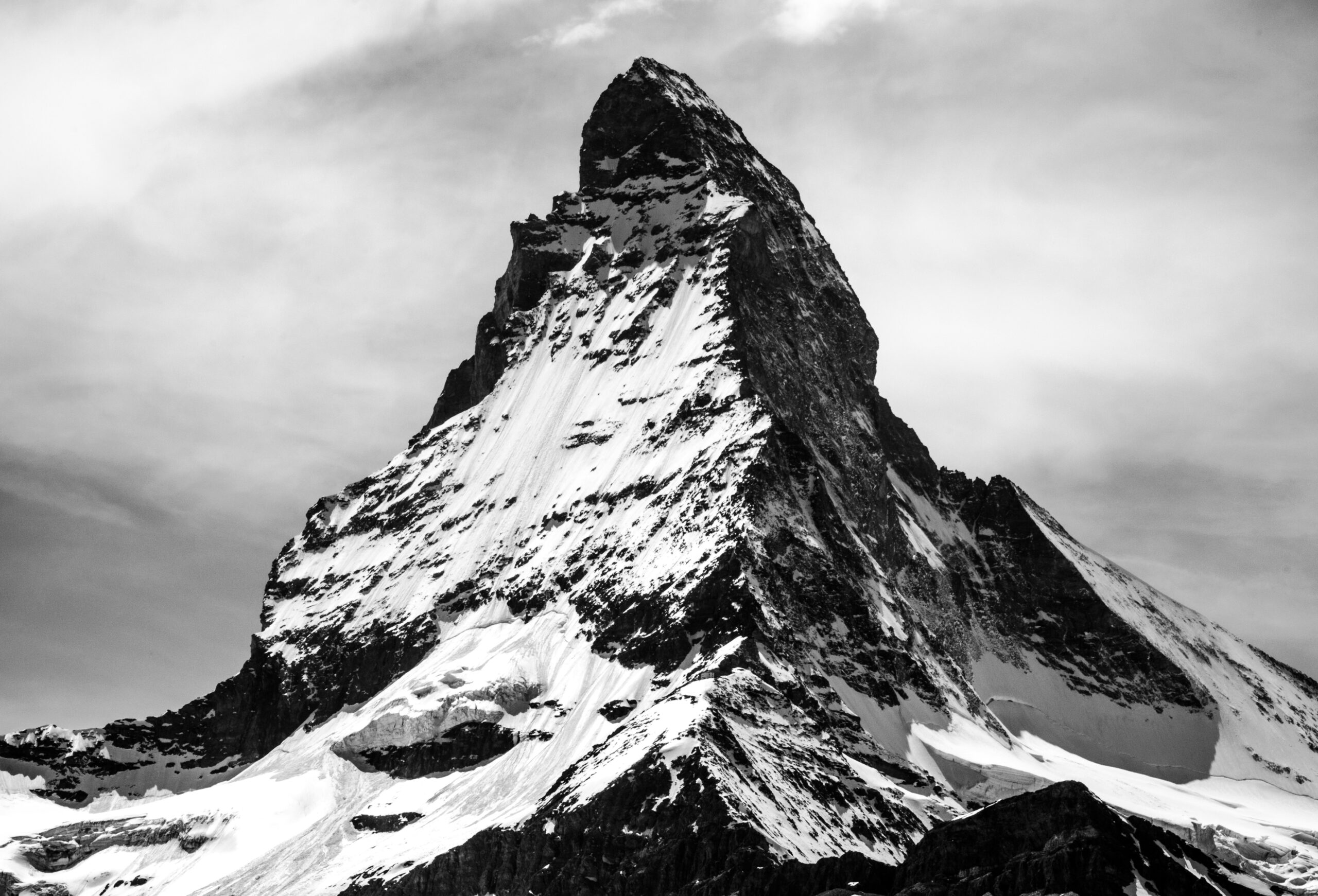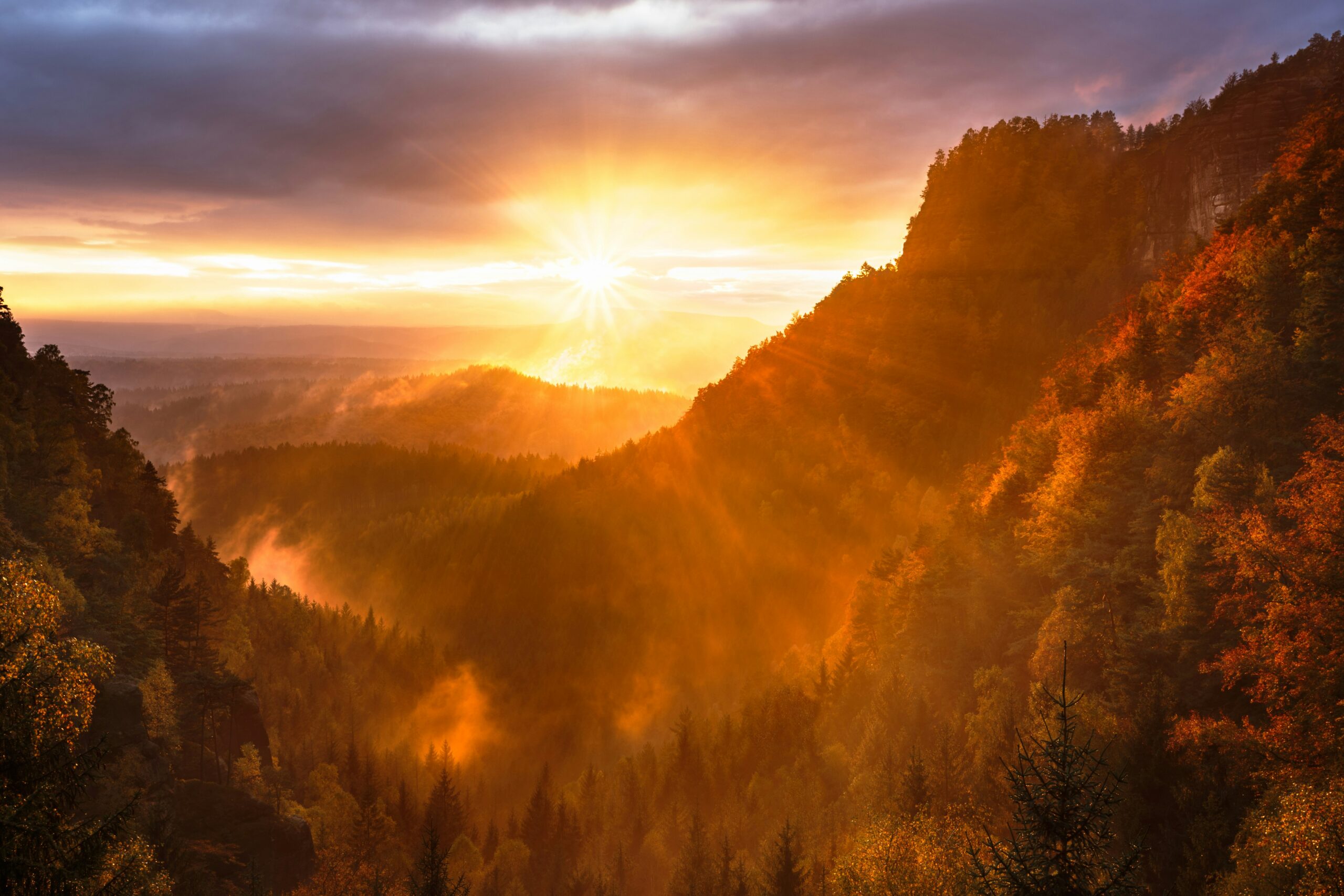In the scenic wilderness of Northern California lies a majestic peak that has fascinated adventurers for centuries – Mount Shasta. With its towering elevation and challenging terrain, this iconic volcano has beckoned climbers from around the world. But as breathtaking as its beauty may be, there is a sobering statistic that lurks amidst its slopes: the number of lives lost on Mount Shasta. As you embark on this exploration, you may find yourself wondering just how many climbers have faced the ultimate sacrifice in pursuit of conquering this formidable mountain.

Background of Mount Shasta
Geographical location and description
Mount Shasta, located in Northern California, is a majestic stratovolcano standing tall at an impressive height of 14,179 feet (4,322 meters). It is a prominent feature of the Cascade Range and can be seen from miles away due to its iconic cone shape. The mountain is surrounded by the Shasta-Trinity National Forest, offering a beautiful backdrop of picturesque forests and alpine meadows. Mount Shasta's prominent location and picturesque landscapes make it a popular destination for outdoor enthusiasts and nature lovers.
Brief history of Mount Shasta
Mount Shasta holds great cultural and spiritual significance to many Native American tribes, including the Wintu, Karuk, Shasta, and Modoc tribes. It has been recognized as a sacred mountain and is often associated with tales of mythical beings and spiritual quests. In the late 19th century, Mount Shasta gained attention as a destination for recreational activities, attracting tourists and adventurers. Today, it continues to be a popular spot for hiking, climbing, skiing, and other outdoor pursuits.
Importance and relevance in mountaineering
Mount Shasta has established itself as one of the premier mountaineering destinations in the United States. Its accessibility, diverse climbing routes, and challenging terrain make it an attractive choice for both beginner and experienced climbers alike. Mount Shasta offers an opportunity for climbers to test their skills and push their limits while enjoying the breathtaking beauty of the surrounding landscape. The mountain's popularity and the allure of its diverse climbing routes have contributed to an increase in mountaineering activities on its slopes.
Climbing Mount Shasta
Overview of hiking and climbing on Mount Shasta
Climbing Mount Shasta offers a unique and exhilarating experience for adventurers seeking to conquer its summit. There are various routes available for climbers, each offering its own set of challenges and rewards. The most popular routes include the Avalanche Gulch, Clear Creek, and the West Face. Climbers may choose to undertake day hikes or multi-day expeditions, depending on their skill level and desired experience.
Typical climbing routes and their difficulty levels
The climbing routes on Mount Shasta vary in difficulty, catering to climbers with different skill levels. The Avalanche Gulch route is the most common and relatively straightforward, suitable for climbers with moderate experience. The Clear Creek route is more challenging and requires advanced mountaineering skills, including ice climbing and traversing steep slopes. The West Face route poses additional technical challenges, such as navigating rock and ice formations. It is essential for climbers to assess their abilities and choose a route that aligns with their experience and fitness level.
Necessary gear and physical preparation for climbing
Climbing Mount Shasta necessitates proper preparation and the use of appropriate gear. Essential gear includes crampons, ice axes, helmets, harnesses, ropes, and appropriate clothing for varying weather conditions. Climbers must also consider the need for camping equipment, food, and water on multi-day expeditions. Physical preparation is crucial, as climbing Mount Shasta requires endurance, strength, and acclimatization to high altitudes. Training should include cardiovascular exercises, strength training, and hiking or climbing at higher elevations to simulate the conditions on the mountain.
Data of Deaths on Mount Shasta
How many climbers have died on Mount Shasta
Mount Shasta, despite its allure, has unfortunately claimed the lives of several climbers over the years. According to available data, there have been a total of 87 recorded fatalities on Mount Shasta since 1978. These tragic incidents serve as a reminder of the inherent risks associated with mountaineering and the need for careful planning and preparation.
The years with most recorded fatalities
The data reveals that certain years witnessed more fatalities on Mount Shasta than others. The years with the highest recorded death tolls include 1987, 1990, 1997, and 2009. These years saw a combination of factors, such as adverse weather conditions, avalanches, and accidents, contributing to the increased number of fatalities. It is crucial for climbers to remain vigilant and take necessary precautions, especially during periods when historical data indicates higher risks.
Possible reasons behind the deaths
Several factors can contribute to the deaths on Mount Shasta. Common reasons include falls, avalanches, hypothermia, altitude sickness, and navigational errors. In some cases, climbers may underestimate the risks associated with the mountain or fail to adequately prepare for the challenges they may face. Weather conditions can also play a significant role, as sudden changes in climate or storms can quickly escalate into life-threatening situations. Understanding these potential risks and taking steps to mitigate them is crucial for climbers.
Causes of Deaths on Mount Shasta
Common hazards and challenges that cause fatalities
Mountaineering on Mount Shasta exposes climbers to a range of hazards and challenges. Steep and icy slopes, crevasses, rockfall, and unstable snow conditions are common risks that climbers must navigate carefully. Additionally, climbers may encounter altitude-related challenges such as hypoxia, pulmonary edema, and cerebral edema. Acute mountain sickness can also pose a considerable risk, particularly for climbers who ascend too rapidly without allowing their bodies to acclimatize adequately.
Role of weather conditions in fatalities
Weather conditions are often instrumental in determining the safety and success of a Mount Shasta climb. Sudden storms, high winds, heavy snowfall, and low visibility can create treacherous conditions. Climbers must monitor weather forecasts and exercise good judgment to avoid situations where changing weather patterns can dramatically impact their safety. Being prepared for adverse weather and having the ability to adjust plans accordingly is crucial in minimizing the risks posed by unpredictable weather patterns.
Calculated risks vs unforeseen circumstances
While climbers carefully assess and mitigate risks before embarking on a Mount Shasta climb, unforeseen circumstances sometimes arise. Even with meticulous planning, unexpected events, such as sudden weather changes or unforeseen medical conditions, can put climbers at risk. It is essential for climbers to strike a balance between calculated risks and the ability to adapt to unknown situations. Being prepared for the unforeseen and making sound decisions in challenging conditions can make all the difference in ensuring a safe climb.

Comparing Mount Shasta with Other Mountains
Fatalities on Mount Shasta versus other mountains around the world
When compared to other mountains worldwide, Mount Shasta has experienced a relatively high number of fatalities. While it is not among the deadliest mountains in terms of sheer numbers, climbers must still recognize the inherent risks associated with the mountain and take appropriate precautions. Mount Shasta's accessibility and popularity contribute to the increased number of climbers and subsequent fatalities.
Understanding why Mount Shasta may be more dangerous
Several factors contribute to the perception that Mount Shasta is a more dangerous mountain to climb. Its proximity to populated areas creates an illusion of accessibility and potentially attracts inexperienced or ill-prepared climbers. The rapidly changing weather patterns in the region, influenced by the interaction between coastal and inland climates, can catch climbers off guard. Additionally, the mountain's steepness, the presence of crevasses, and the challenging terrain contribute to its higher risk level.
Most common dangerous mountains for climbers
While Mount Shasta presents its own set of challenges, other mountains around the world are also known for their dangerous conditions. Among these are K2 in the Himalayas, Annapurna in Nepal, and Nanga Parbat in Pakistan. These mountains are referred to as “eight-thousanders” due to their towering heights and are notorious for their extreme weather conditions, difficult climbing routes, and high fatality rates. Climbers undertaking expeditions on these mountains must exercise extreme caution and possess advanced mountaineering skills to mitigate the inherent risks involved.
Dangerous Situations in Climbing Mount Shasta
Navigating crevasses
Mount Shasta's glaciated terrain poses a significant danger to climbers, with numerous crevasses dotting its slopes. These deep cracks in the ice can be concealed beneath the snow, making them difficult to detect and navigate. Falling into a crevasse can have severe consequences, leading to injuries or even death. Climbers must be equipped with appropriate gear, such as ropes and harnesses, and possess the necessary skills to safely cross crevassed areas.
Altitude sickness
The high altitude on Mount Shasta presents a risk of altitude-related illnesses, such as acute mountain sickness (AMS), high altitude pulmonary edema (HAPE), and high altitude cerebral edema (HACE). These conditions can occur when climbers ascend too quickly without allowing their bodies to acclimatize properly. Symptoms can range from mild headaches and dizziness to potentially life-threatening complications. Proper acclimatization, hydration, and descent at the first signs of illness are crucial to mitigate altitude sickness risks.
Possible outcomes of being stranded or lost
Climbers venturing into the challenging terrain of Mount Shasta must be prepared for the possibility of becoming stranded or getting lost. Adverse weather conditions, injuries, or navigational errors can leave climbers isolated and vulnerable. In such situations, the risk of hypothermia, frostbite, and dehydration increases significantly. Being equipped with emergency supplies, including shelter, food, and water, along with knowledge of basic survival skills, can make a crucial difference during unexpected circumstances.

Survivor Stories From Mount Shasta
Survivors' accounts of dangerous situations or close calls
Survivors of Mount Shasta's treacherous conditions have shared their accounts of dangerous situations and close calls. These firsthand stories serve as valuable learning experiences for the climbing community. Many survivors highlight the importance of preparedness, making informed decisions, and staying attuned to their surroundings. Their narratives underscore the significance of training, experience, and adaptability in navigating the challenges that Mount Shasta presents.
Learning from these firsthand experiences
The insights gained from survivor stories provide valuable knowledge for climbers planning to tackle Mount Shasta. These personal accounts highlight the potential dangers that climbers may encounter and emphasize the need for comprehensive preparation. By learning from the experiences of others, climbers can gain a deeper understanding of the risks involved and take steps to mitigate them. Reflecting on the lessons shared by survivors can help climbers approach their own journeys more cautiously and responsibly.
Impact of these stories on the climbing community
Survivor stories from Mount Shasta have a powerful impact on the climbing community. They serve as cautionary tales, raising awareness about the risks and challenges associated with mountaineering. These stories prompt climbers to evaluate their own abilities, seek appropriate training, and be mindful of the potential consequences of negligence or poor judgment. By sharing their experiences, survivors play a pivotal role in fostering a culture of safety and responsibility within the climbing community.
Prevention and Safety Measures
Preparation and training required for climbing Mount Shasta
Preparation is key for a safe and successful climb on Mount Shasta. Climbers should engage in physical conditioning, including cardio, strength training, and altitude acclimatization. Familiarizing oneself with the terrain, route conditions, and weather patterns is also crucial. Training courses on mountaineering skills, glacier travel, and avalanche awareness can provide climbers with the necessary knowledge to navigate the challenges of Mount Shasta. Comprehensive preparation, including both physical and mental conditioning, is vital to minimizing risks.
Necessary safety gear and understanding its use
Proper equipment and understanding its use is vital in ensuring safety on Mount Shasta. Essential gear includes crampons, ice axes, helmets, harnesses, ropes, and appropriate clothing layers for various weather conditions. Familiarity with the proper use of this equipment is essential, as it can make a significant difference during emergencies or challenging situations. Adequate safety gear, combined with the knowledge of how to utilize it effectively, enhances climbers' ability to respond to unexpected circumstances and reduces the likelihood of accidents.
How to react in emergency situations
Knowing how to react in emergency situations can be a lifesaver while climbing Mount Shasta. In the event of an accident, prompt communication with rescue services is essential. Climbers should have a plan in place for summoning help, including carrying a personal locator beacon or satellite communication device. First aid knowledge, including treating injuries, recognizing altitude-related illnesses, and managing hypothermia, is also crucial. Remaining calm, evaluating the situation realistically, and making informed decisions are vital elements in ensuring the safety of oneself and fellow climbers.
Role of Rescuers and Mountaineering Guides
How rescues are conducted on Mount Shasta
Rescues on Mount Shasta are conducted by experienced search and rescue teams specially trained in mountain terrain and hazardous conditions. These dedicated professionals risk their own safety to assist climbers in distress. Mountain rescue operations often involve helicopters, specialized equipment, and well-coordinated efforts to perform challenging extractions. Their primary goal is to locate and provide immediate medical assistance to injured climbers and ensure their safe evacuation from the mountain.
The risks that rescuers take
Rescuers willingly place themselves in harm's way to save lives on Mount Shasta. They face numerous risks, including exposure to extreme weather, avalanche-prone areas, and difficult terrain. The unpredictable nature of rescue operations further emphasizes the courage and skills required by these individuals. Without their dedication and expertise, the ability to carry out successful rescues and ensure the safety of climbers would be significantly compromised.
Importance of hiring guides for inexperienced climbers
For inexperienced climbers, hiring the services of professional mountaineering guides is highly recommended. Mount Shasta's challenging conditions, combined with the risks associated with climbing at high altitudes, necessitate expert guidance. These experienced guides possess comprehensive knowledge of the mountain, its routes, and the potential hazards. They can provide essential guidance on route selection, weather assessment, and emergency response, significantly reducing the risks faced by novice climbers. The guidance and support of an expert can enhance safety and allow climbers to fully appreciate the experience without compromising their well-being.
Educational Programs and Awareness Efforts
Prominent mountaineering societies and organizations
Several mountaineering societies and organizations actively promote safety and education within the climbing community. Organizations such as the American Alpine Club, the Mount Shasta Avalanche Center, and the Mount Shasta Climbing Rangers work tirelessly to provide resources, training, and education specific to Mount Shasta's unique challenges. These organizations play a crucial role in sharing knowledge, fostering a culture of safety, and promoting responsible climbing practices.
Efforts to increase safety awareness among climbers
Increasing safety awareness among climbers is a priority for various organizations and individuals associated with Mount Shasta. Educational initiatives include avalanche safety courses, wilderness first aid programs, and the dissemination of informational resources on climbing hazards. Additionally, these organizations offer guided climbs, where experienced guides educate climbers on risk management and safe climbing practices. By actively promoting safety awareness, mountaineering societies help climbers understand the potential dangers and take appropriate precautions.
Effectiveness of these education and awareness programs in reducing fatalities
Education and awareness programs have proven effective in reducing fatalities and improving the safety record on Mount Shasta. Through these initiatives, climbers gain a deeper understanding of the mountain's risks and the importance of thorough preparation. Awareness programs have helped climbers make more informed decisions, identify potential hazards, and react appropriately in emergency situations. While these programs have undoubtedly contributed to a safer climbing environment, climbers must continue to prioritize safety and commit to ongoing education and training to prevent accidents and fatalities.
In conclusion, Mount Shasta offers a thrilling and challenging experience for climbers, but it is not without its risks. Understanding the mountain's geographical features, history, and relevance in mountaineering is essential for those seeking to embark on a journey up its slopes. By exploring the data of deaths on Mount Shasta and understanding the causes behind them, climbers can gain valuable insights into the hazards they may face. Learning from survivor stories, being prepared with the necessary gear, and acknowledging the role of rescuers and mountaineering guides can significantly enhance safety on the mountain. Through educational programs and increased safety awareness, climbers can strive to minimize fatalities and ensure a positive and fulfilling experience when conquering the majestic Mount Shasta.
